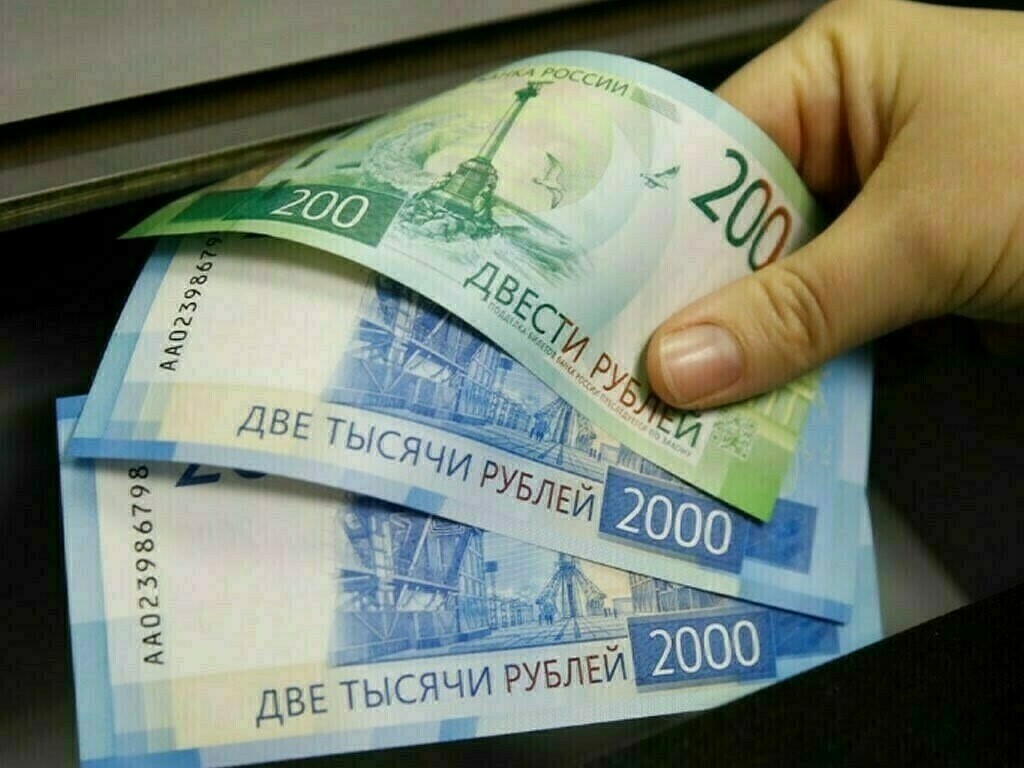Russian Rouble’s Resilience: A Closer Look at Its Recovery

Russian Rouble's Resilience A Closer Look at Its Recovery
Introduction
In the realm of global currencies, the Russian rouble has exhibited a noteworthy performance, as it diligently claws back ground in the face of economic challenges and international dynamics. This article delves into the factors behind the Russian rouble’s recent resurgence, explores the key drivers of its recovery, and examines its implications for the Russian economy and beyond.
Understanding the Rouble’s Resilience
The Russian rouble, like any other currency, is subject to a myriad of factors that influence its value in the foreign exchange market. Its performance is intricately tied to economic indicators, geopolitical developments, market sentiment, and global trade dynamics. The rouble’s recent ability to recover ground signifies a compelling story of resilience and adaptability in the face of adversity.
Drivers of the Rouble’s Recovery
- Oil Prices:As a major oil exporter, Russia’s economy is deeply connected to oil prices. The recent recovery in oil prices, driven by supply constraints and increased global demand, has positively impacted the rouble’s performance.
- External Debt Reduction:Russia has actively pursued a policy of reducing its external debt burden. A lower external debt level can enhance investor confidence and contribute to currency stability.
- Monetary Policy:The Central Bank of Russia’s prudent monetary policy, including interest rate adjustments and interventions in the foreign exchange market, has played a role in supporting the rouble’s recovery.
- Global Economic Recovery:As the global economy recovers from the impacts of the COVID-19 pandemic, demand for Russian exports and commodities has increased, contributing to the rouble’s strength.
- Geopolitical Factors:Improved geopolitical relations and reduced uncertainty can bolster investor confidence in the rouble and the Russian economy.
Implications of the Rouble’s Recovery
- Inflation Management:A stronger rouble can contribute to managing inflationary pressures by reducing the cost of imported goods and services.
- Import Costs:A resilient rouble can translate into lower costs for imports, benefiting consumers and businesses alike.
- Investor Confidence:The rouble’s recovery can enhance investor confidence, attract foreign investment, and support economic growth.
- Trade Balance:A stronger rouble can impact the competitiveness of Russian exports, potentially affecting the country’s trade balance.
- Sovereign Ratings:A stable and recovering currency can positively influence Russia’s sovereign credit ratings, potentially leading to lower borrowing costs.
Future Considerations and Challenges
- Oil Price Volatility:The rouble’s performance remains sensitive to oil price fluctuations, which can introduce uncertainty into its trajectory.
- Geopolitical Dynamics:Geopolitical tensions and global events can influence market sentiment and the rouble’s value.
- Diversification Efforts:Russia’s efforts to diversify its economy beyond oil and gas can contribute to sustainable currency strength.
- Structural Reforms:Implementing structural reforms and improving the business environment can further enhance the rouble’s resilience and attract foreign investment.
Conclusion
The Russian rouble’s remarkable recovery reflects the complex interplay of economic, geopolitical, and market forces. As it claws back ground in the global currency arena, the rouble’s journey serves as a testament to Russia’s adaptability and the ability to navigate challenges.
While uncertainties persist, the rouble’s resilience provides optimism for the future. As Russia continues to bolster its economic foundations, pursue diversification, and engage constructively on the global stage, the rouble’s recovery becomes not only a currency story but a broader narrative of a nation’s determination to prosper in an ever-changing world.
For More Related Articles Browse Our Website Blogster.pk
For social Connection You can also Visit and follow our Social media Platforms
Facebook , Instagram, Linkedin, Pinterest, Quora, Twitter, Youtube.





